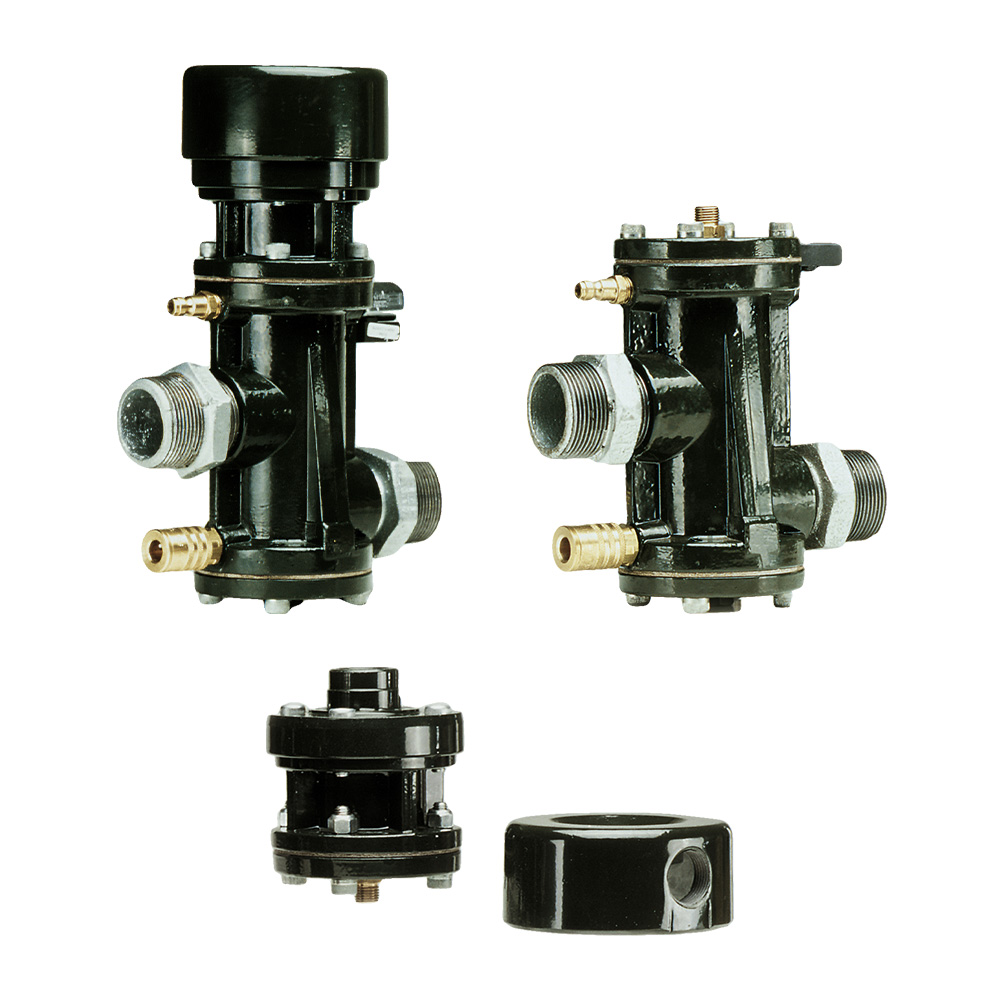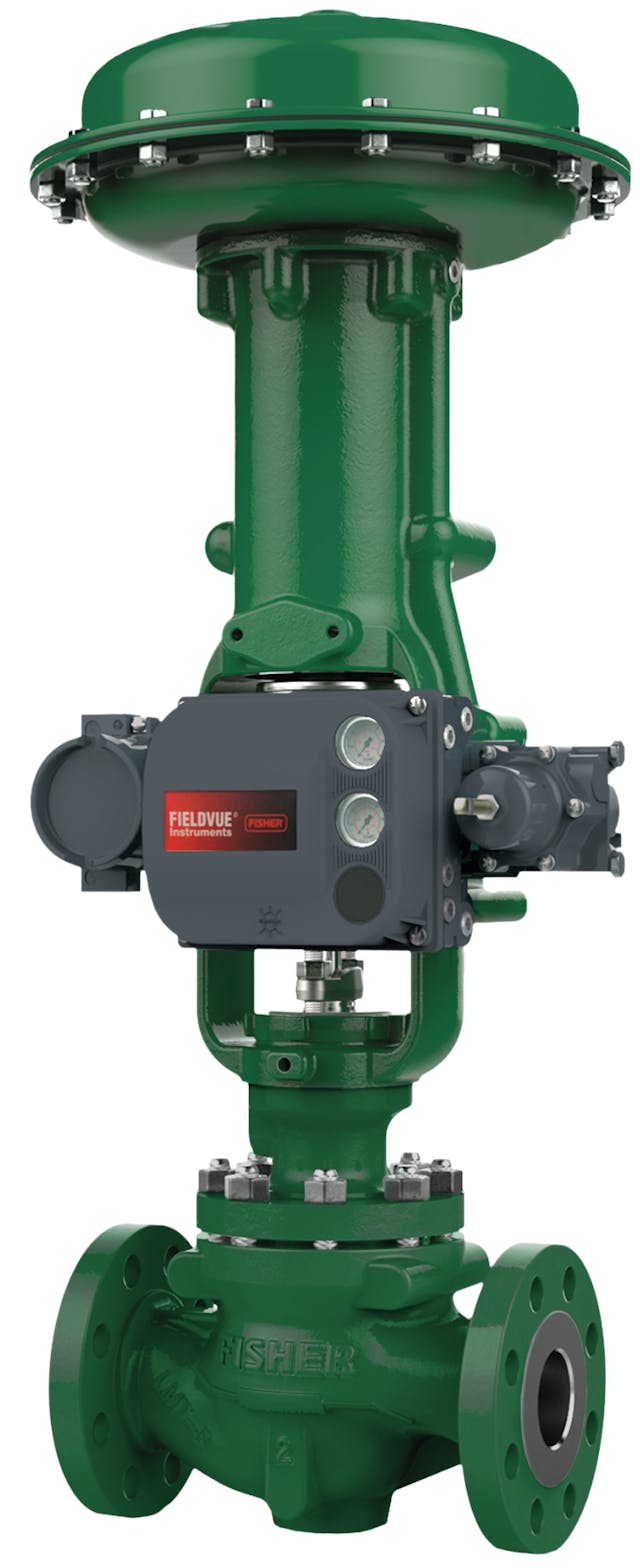
Maximize Energy Financial Savings and Comfort With Advanced Structure Automation Controls
In the realm of contemporary style and center management, the assimilation of innovative structure automation regulates stands as a critical development. By taking advantage of the power of automation, buildings can adapt, respond, and progress in means that were once unimaginable.
Energy Efficiency Benefits
Energy effectiveness advantages can substantially minimize power consumption and functional prices in structures. Energy-efficient systems, such as innovative structure automation controls, can maximize the usage of resources like heating, lighting, and cooling, leading to reduced power costs over time.
Additionally, boosted power efficiency can extend the life-span of structure equipment and systems. By operating much more effectively, HVAC systems, light, and various other structure components experience much less damage, leading to lowered maintenance and replacement expenses. In addition, energy-efficient structures often command greater building values and rental prices, offering lasting monetary benefits to proprietors.
Moreover, power performance can enhance passenger convenience and efficiency. Appropriately managed interior environments with optimum lights and thermal conditions produce a more favorable and positive work area, resulting in boosted staff member fulfillment and performance. Overall, the power efficiency advantages connected with sophisticated structure automation controls are complex, incorporating price financial savings, ecological stewardship, and passenger health.
Boosted Convenience Control
Enhancing comfort control in building atmospheres requires an advanced integration of sophisticated automation systems for optimum passenger wellness. By making use of advanced structure automation controls, facilities can tailor the interior setting to fulfill the certain requirements and preferences of occupants. These systems enable accurate law of air flow, temperature level, and illumination, producing a productive and comfortable atmosphere. Owner fulfillment and performance are carefully linked to thermal comfort, making it necessary to have systems in position that can adapt to altering conditions in real-time.
Enhanced comfort control exceeds fundamental temperature adjustments. It consists of functions such as tailored setups, tenancy sensing units, and natural light use to develop a dynamic and responsive environment. By including these innovative controls, structures can not just enhance convenience yet additionally boost energy performance by maximizing system operations based on real tenancy and use patterns. Eventually, prioritizing passenger convenience through sophisticated automation systems brings about a much more pleasurable and healthier interior atmosphere.
Operational Performance Improvements

Moreover, the implementation of real-time tracking and analytics devices enables building operators to identify power inadequacies and operational anomalies promptly. By continually keeping track of energy use patterns and system performance metrics, modifications can be made in real-time to optimize energy usage and guarantee peak operational effectiveness. control valves. Furthermore, integrating demand feedback approaches right into structure automation controls can better boost operational efficiency by dynamically changing power use based upon grid conditions and prices signals
Indoor Climate Optimization
Reliable indoor climate optimization is a fundamental element of structure automation Full Article controls, ensuring owners' comfort and health while making best use of power financial savings. By making use of advanced sensors and controls, building automation systems can continuously check and readjust temperature level, moisture degrees, air quality, and air flow to create an optimal interior helpful site environment. Maintaining comfy and constant problems not only enhances occupant satisfaction but likewise increases efficiency and overall health.
Indoor environment optimization also plays an important role in power effectiveness. By fine-tuning air flow, home heating, and air conditioning systems based upon real-time data and tenancy patterns, constructing automation controls can substantially minimize energy consumption - control valves. Applying methods such as demand-controlled ventilation and thermal zoning can help lessen energy waste while making certain that each area of the structure obtains the essential conditioning.

Sustainable Atmosphere Creation
Structure automation regulates not only optimize indoor climate conditions for power efficiency and resident comfort yet likewise lay the structure for developing a sustainable setting via strategic administration of resources and systems. By incorporating sophisticated structure automation innovations, such as sensors, actuators, and intelligent software application, centers can readjust and monitor energy use in real-time to lessen waste and decrease their carbon footprint. These systems allow anticipating upkeep, identifying possible issues before they rise and optimizing devices performance to boost long life and effectiveness.
Additionally, sustainable atmosphere production expands past energy monitoring to incorporate water conservation, waste reduction, and interior air top quality enhancement. Structure automation controls can manage water use, find leakages, and guarantee appropriate waste disposal click practices, contributing to overall sustainability initiatives. Furthermore, by regulating and keeping an eye on air flow and filtration systems, these innovations improve owner wellness and performance while decreasing energy intake connected with cooling and heating procedures.
Conclusion
To conclude, progressed structure automation controls offer considerable benefits in regards to energy financial savings, convenience control, functional performance, indoor environment optimization, and creating a sustainable atmosphere. By applying these controls, structures can attain ideal performance while decreasing power consumption and enhancing owner comfort. It is noticeable that using innovative automation innovation is vital in improving structure performance and producing a much more sustainable future.
Energy effectiveness advantages can significantly lower energy consumption and functional prices in buildings. On the whole, the power effectiveness advantages linked with sophisticated building automation controls are complex, including price financial savings, ecological stewardship, and owner health.
In addition, including demand action methods right into building automation controls can further improve operational performance by dynamically readjusting power use based on grid conditions and rates signals.
Building automation controls not only optimize interior environment conditions for power effectiveness and owner convenience yet additionally lay the structure for developing a sustainable setting via strategic administration of resources and systems.In final thought, progressed building automation regulates offer significant advantages in terms of power cost savings, convenience control, operational efficiency, interior environment optimization, and creating a lasting environment.